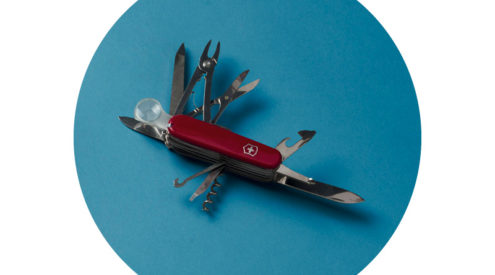Brewing beer at home is not only a great conversation starter but it’ll oil the wheels of dialogue too…
Do you want to avoid mass-produced, characterless beers from the bottle-store? Why not quench your thirst with your own beery creation. It’s fun and inexpensive and with the right equipment, knowledge and instructions, you’ll soon be ready to start a mini home brewery. Jaclyn Stephenson shares her knowledge.
The tools
- Find something that holds approximately 30 litres (for example, a keg) with adequate sealing. It must be airtight and keep in mind that because beer foams during fermentation, the container should only be 80 per cent filled. From R50.
- A pouring vessel to decant beer into bottles (for example a funnel or jug). You can get plastic jugs and containers at your local supermarket.
- Bottles for the finished product: 375#ml with crown caps or plastic PET screw-top bottles. From R95 for 24 bottles and caps.
- A temperature gauge, airlock and hydrometer. From
- Bottle capper, which allows leverage to cap bottles easily. About R180.
The ingredients
The extracts and malts differ according to what kind of beer you want to produce (for example an ale, lager, bitters or stout). These are the basics that you’ll need to begin:
- One kilogram of beer enhancer. From about R80 to R110, depending on the type.
- One beer can of malt. Choose from lager, ale or draught from R130.
- Beer yeast. From R30.
- Brewing sugars from R12,50 for 500g.
- Water
Beginning your first batch
1. Fill your keg with four litres of boiled water, which has been cooled.
2. In a separate sanitised container, boil four cups of water. Remove from heat and stir in the beer enhancer and malt to create a wort. (Note: The colour of the wort is usually the same as the end product.)
3. Pour the wort into the keg and fill to between 20 and 23 litres with cold water. Remember, it isn’t beer until the yeast is added.
4. Sprinkle the yeast over the mixture, wait five minutes, then stir vigorously and screw on the lid. This is called pitching the yeast and it begins the fermentation process.
5. Airlock the keg, remove from direct sunlight and monitor the temperature (it must stay between 20 and 24°C for seven days). Don’t be tempted to open the lid during the fermentation process as this can spoil the beer.
6. Check the keg after seven days: if it’s cloudy or tastes sweet, leave it for longer, but if it’s relatively clear and tastes like flat beer, it’s ready to be bottled.
7. Sterilise your bottles, then fill them with your brew to just above the base of the bottle neck. When filling, tilt the bottles at an angle to reduce aeration.
8. Add your brewing sugar into each bottle before sealing (depending on your bottle size: ¾tsp for 333ml and 1tsp for 500ml).
9. Place caps on the bottles, tighten and slowly invert several times, but do not shake. Leave to stand at 20 to 24°C for at least 14 days for the best results.
10. After your beer has carbonated, it’s ready to drink. Store your beer in the fridge for optimal drinking temperature.
How to avoid exploding bottles
Use quality ingredients, allow beer to ferment completely, use plastic bottles, calculate correct carbonation measurements and store in the correct conditions.
Protect your brew
Countless organisms which live in your home can infect your brew. Make sure to meticulously clean your equipment before you start. Disinfect everything with diluted non-scented household bleach and rinse well. Alternatively, you can boil equipment to sterilise it.
Warning
As with buying, consuming and handling alcohol, making beer is an illegal activity for under 18s.
For a list of local suppliers of ingredients and equipment see our listing here.
Creative Commons ‘Wonderous Beer’ illustration via Labkonstruct.com

















